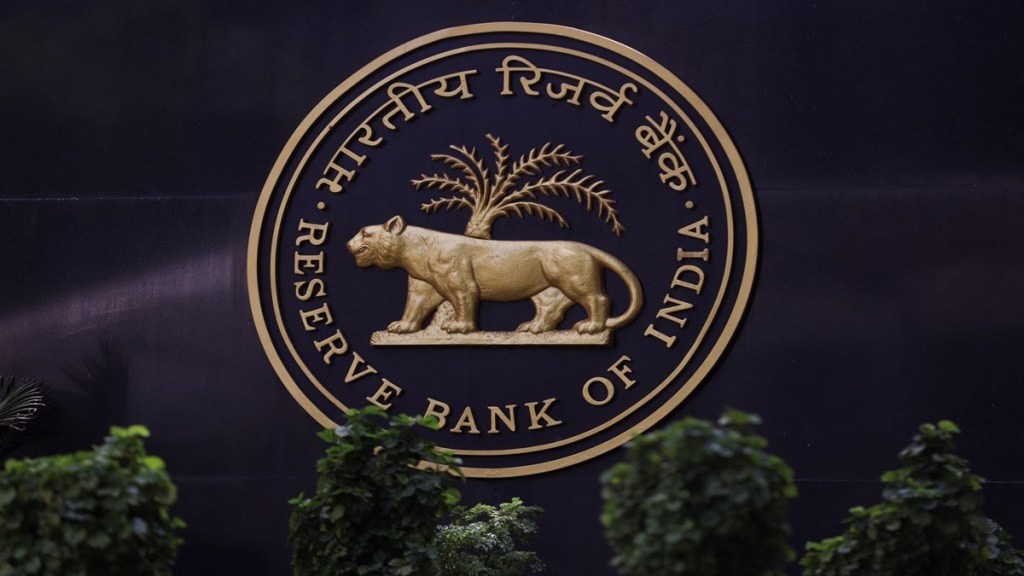The Reserve Bank of India’s (RBI) announcement of open market operations (OMO) worth Rs 1.25 trillion for May was unexpected but it establishes the regulator’s intent to walk the talk on liquidity. With this, the cumulative infusion of durable liquidity since December 2024 would be in the region of Rs 8.6 trillion, of which a little over Rs 5 trillion will be via the OMO route, which involves buying or selling government securities to influence the money available to banks. Indeed, with a 4% retail inflation looking to be a reality, the central bank is making sure liquidity is in alignment with the accommodative stance outlined at the April monetary policy review. RBI Governor Sanjay Malhotra has repeatedly reassured the markets that money would be more than adequate, indicating a level of 1-1.5% of net demand and time liabilities (NDTL) or about Rs 2-2.5 trillion. Headline liquidity has moved from an average deficit of 0.9% of NDTL in January to a surplus of 0.6% in April.
The ample infusions should help speed up the transmission of the policy rate cuts into loan rates. With the Indian economy slowing down and the global trade war only expected to exacerbate the situation, it is critical that lending rates trend down quickly. As is well known, the cuts in the repo rate ensure immediate changes in benchmark-linked loan rates. However, at least 30-35% of loans are benchmarked to the marginal cost of funds-based lending rate and have longer reset periods. Banks are unlikely to lower these unless they see a meaningful fall in the cost of funds. The transmission is evident. Over the past month, the weighted average call rate (WACR) has been hovering at 15 basis points (bps) below the repo rate of 6%. While the repo rate has been cut by 50 bps since February, the WACR is down 66 bps; money market and credit market rates have come off by more than 50 bps.
The absence of adequate liquidity, together with a shift in retail savings to the equity markets, was slowing deposit accretion at banks thereby hindering credit flows. In 2024-25, for instance, deposits grew by just about 10% which slowed credit growth to about 12% from a stronger 16% in the previous year. To be sure, other factors too were impacting loan growth, such as the tighter regulations for unsecured credit rolled out in late 2023. But it was largely the insufficient liquidity — and the frequent deficits — which pushed up the cost of funds for banks, keeping loans costly. Even in the current easing cycle, the deposit rates on fresh and outstanding deposits have risen — between February and March — by 8 bps and 1 bp respectively. However, with subsequent liquidity infusions, deposit rates are expected to come down.
Of course, the surprise OMOs for May could be a move to offset the outflow of liquidity expected in the next few months on account of the RBI unwinding short forward contracts. But the fact is benchmark bond yields are now ruling at three-year lows of 6.32%. Going by the infusions planned, liquidity could remain in surplus mode and improve by May-end after the RBI’s dividend payment to the government, which some believe could be in excess of Rs 2.25 trillion. That could push up system liquidity to be Rs 4.5-5 trillion. In fact, it’s possible we could see a pause on rates in June as the RBI weighs the global situation.


